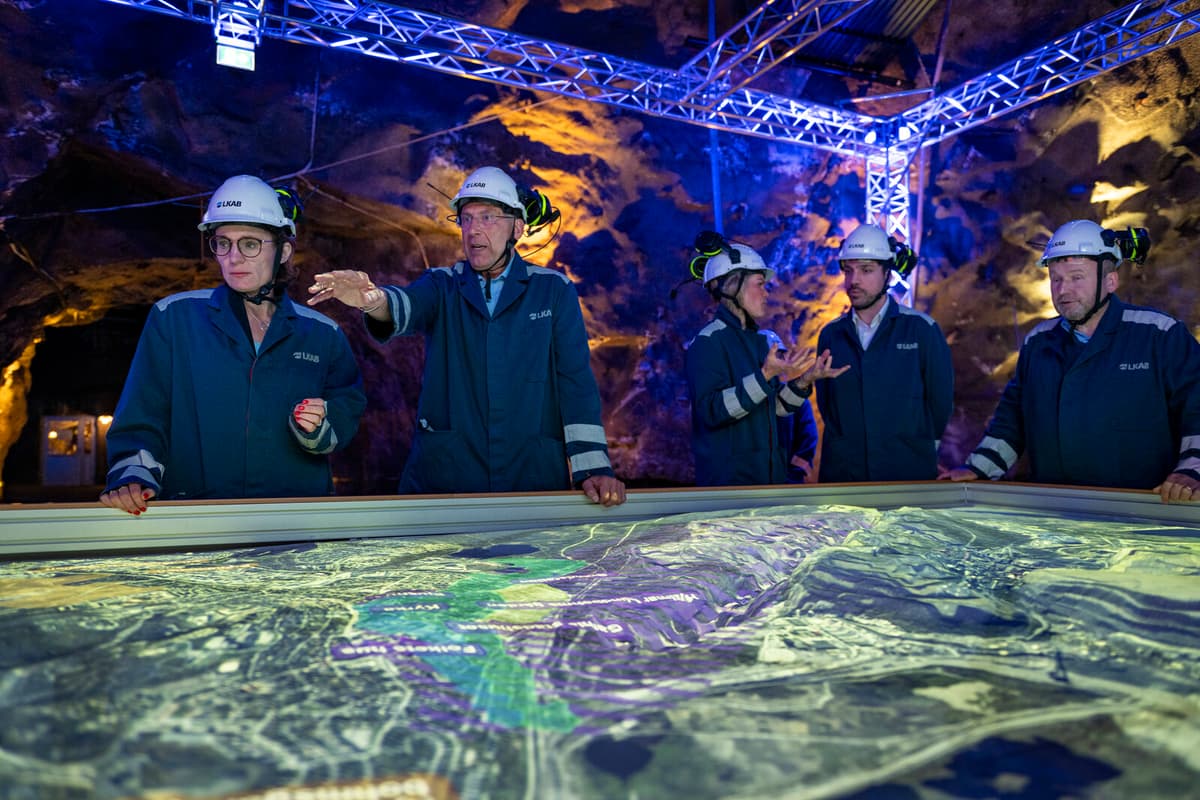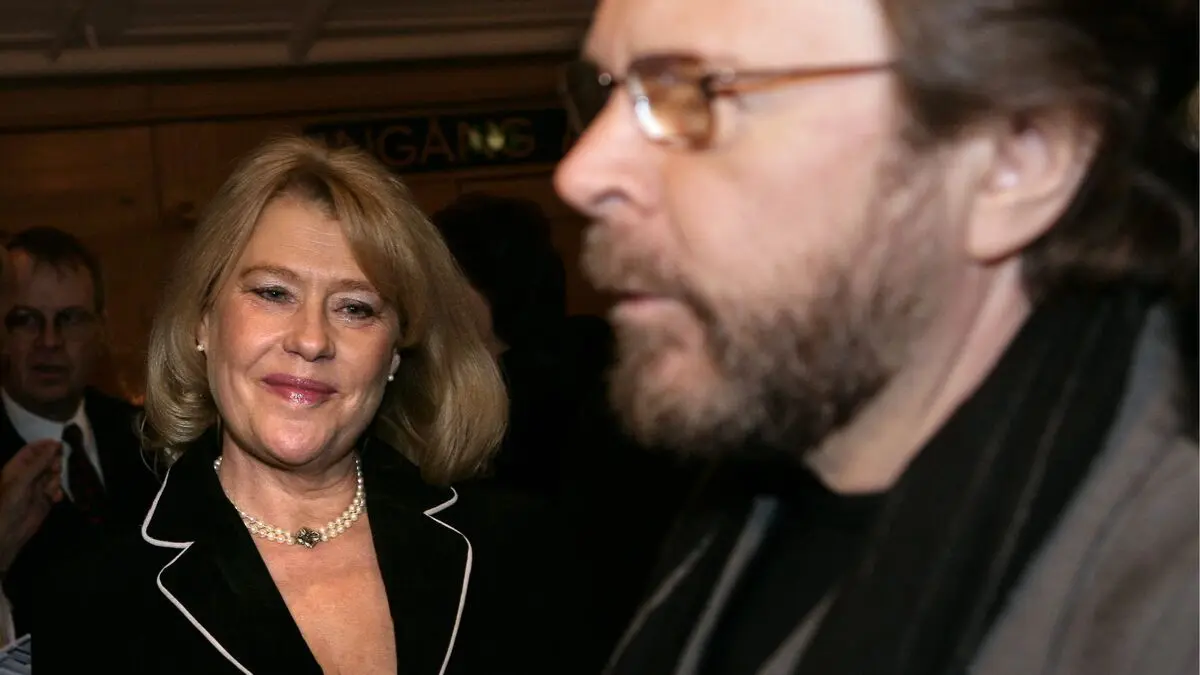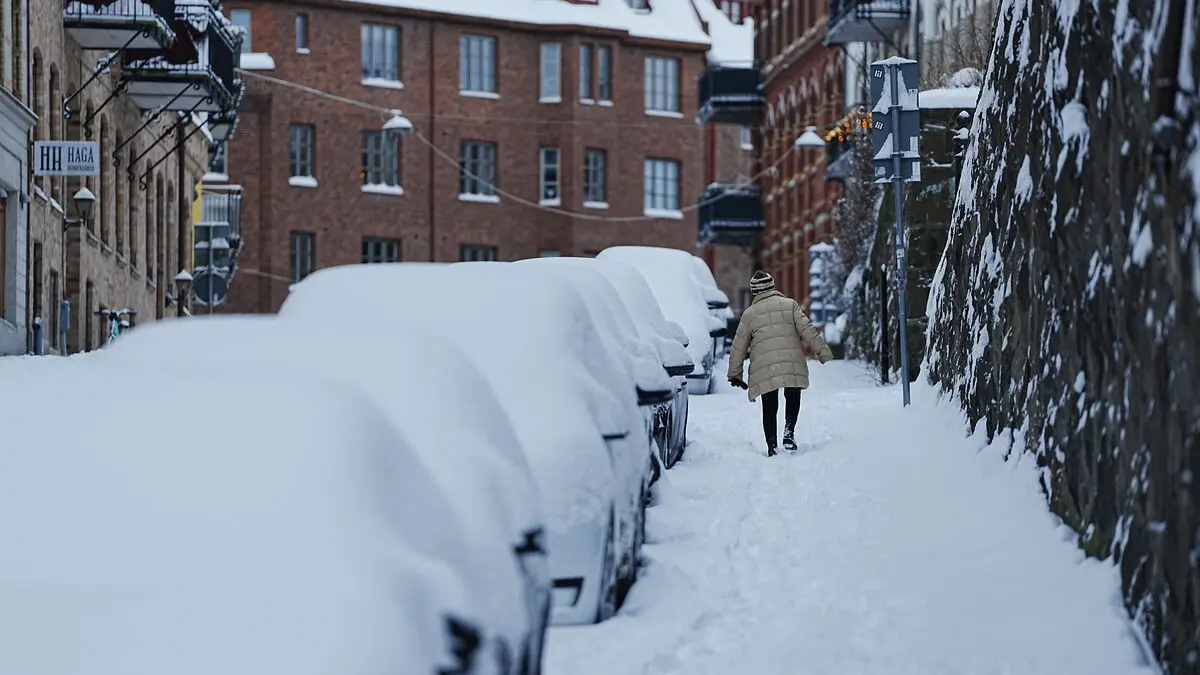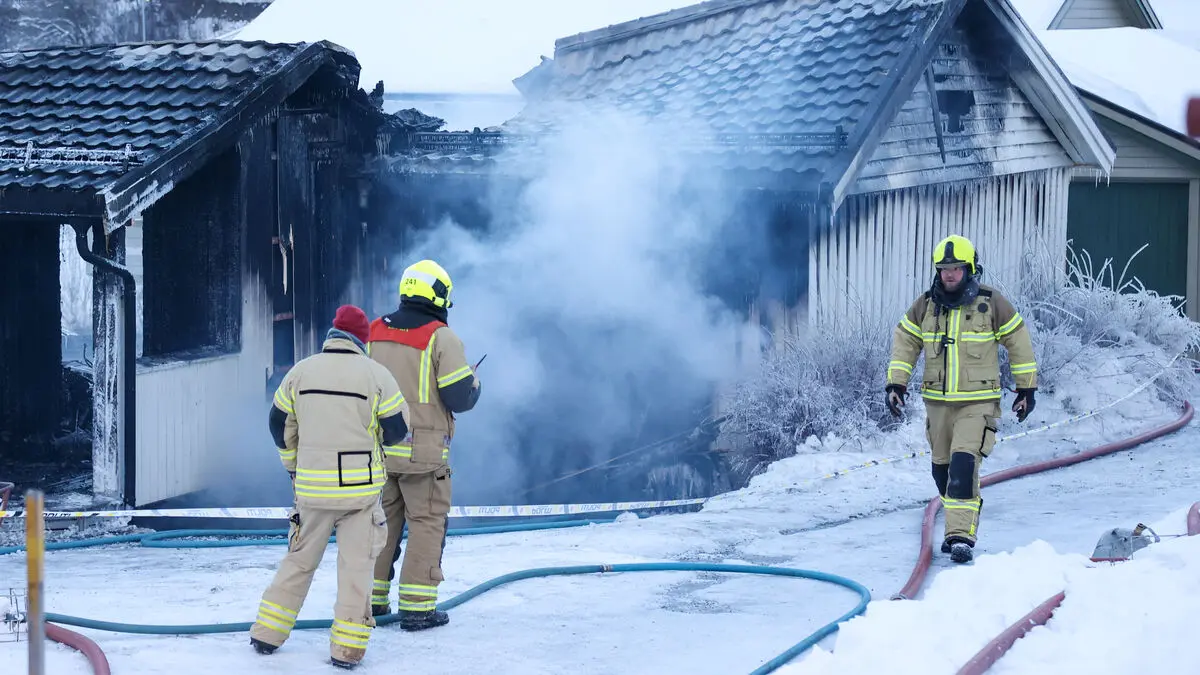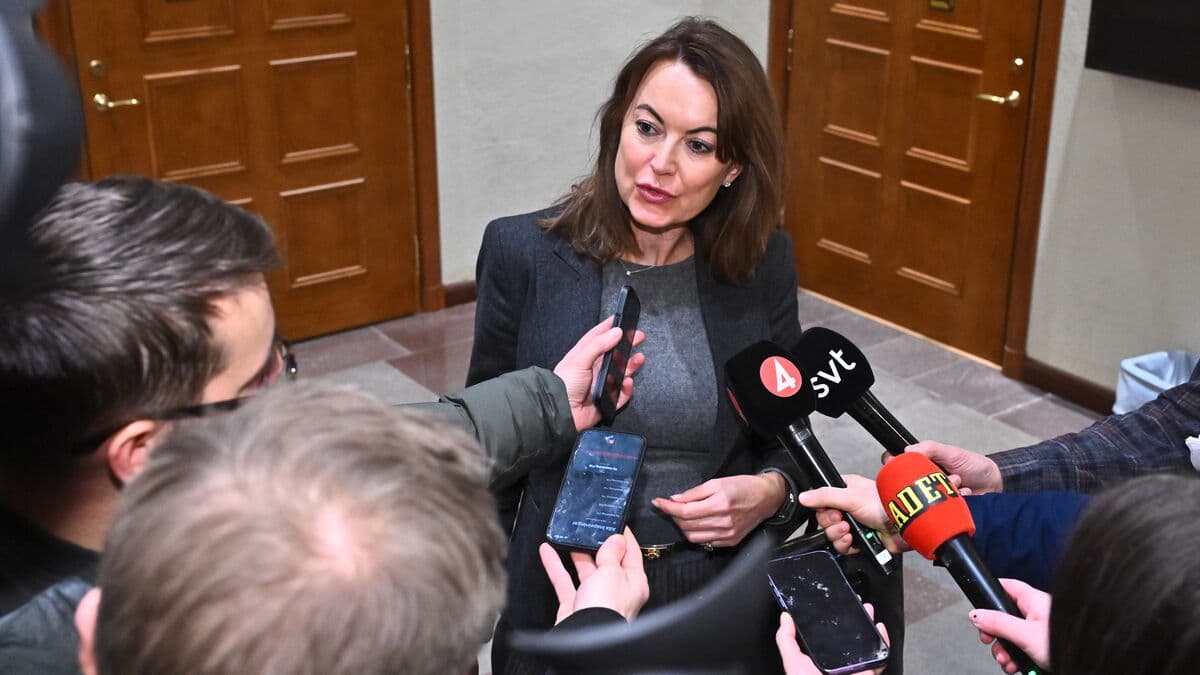Two and a half years ago, LKAB's CEO Jan Moström and Minister for Energy and Business Ebba Busch presented world news to international journalists in the Kiruna mine. Just a stone's throw away, they had found Europe's largest deposit of rare earth metals in a previously known iron ore body called the Per Geijer deposit.
The materials are described as crucial in the green transition and are used in everything from electric car batteries to wind turbines and technology.
Less dependence on China
Today, Europe is dependent on China for the import of rare earth metals.
With the new law "Critical Raw Materials Act", the EU wants to make Europe more self-sufficient in these materials. By 2030, the goal is 10 percent self-sufficiency.
It is obvious that we must be more self-sufficient. We have tried not being it and have noticed how it does not work in connection with financial crises, pandemics, and wars on our continent, says EU Commissioner Jessika Roswall (M) when she visits LKAB's mine in Kiruna.
Down at a depth of 1,365 meters, a self-propelled train passes by and unloads tons of iron ore into a shaft where it will then be separated from the host rock. CEO Jan Moström can explain the process like flowing water. But now, the focus is on the Per Geijer mine, which they want to start just 600 meters north.
We were completely dependent on a totalitarian state when it came to Russia and gas. The next big energy issue will be rare earth metals, where China has positioned itself over the past 30-40 years. Without them, we cannot manufacture electric cars, fighter jets, or iPhones. Then the question is whether we want Xi Jinping to decide that or not, says Jan Moström.
Primarily, it is still the iron ore, for which the entire city of Kiruna is being moved, that they want to access in the Per Geijer deposit as well. Extraction of only the rare earth metals, they say, would not be profitable.
How can it not be profitable?
We have China, which completely dominates this market. They have 80 percent of mine production and almost 100 percent of the process. If we extract these materials at a certain cost, they will make sure to set their price just below it. In the USA, they have tried to start rare earth metal mines that have gone bankrupt because of this, he says and continues:
But since we have iron ore in the same place, the extraction of it can bear the primary cost of mining, says Jan Moström.
Rare earth metals are actually found in LKAB's other iron ore mines as well, but the company believes that the concentrations in the Per Geijer ore body are ten times higher, along with a larger supply of phosphorus.
Unclear how the fast track will work
In March, the EU Commission designated the Per Geijer deposit as one of several selected "strategic projects" that will give the mine a fast track, or priority, in several permit processes that are said to take a maximum of 27 months.
But exactly how to shorten a process that can normally take over ten years to just over two years is still unclear.
How much faster does this make it in practice to start mining the metals?
I cannot answer that exactly. The project contains certain timelines, but what is important is that we, together with the companies, show politically that this is extremely important for Europe's self-sufficiency and the green transition, says Jessika Roswall.
In the end, it is Swedish authorities, such as the Land and Environment Court, that will make decisions on a range of different permits. The land is protected by a range of national interests, not least the reindeer herding industry, where the Gabna sameby would have its passage between summer and winter grazing lands completely cut off by a new mine in the Per Geijer deposit.
There are many conflicting goals here, and it is, as always, complicated. But in the end, you have to balance all these interests, says Jessika Roswall.
Jan Moström adds:
What we did for many years in Sweden was to export our environmental, climate, and landscape impact to other countries and did not care about it when we imported these materials. It worked as long as we had free trade. Then the question is whether we should go back to using wood and stone or secure these materials and resolve these conflicting goals, says he.
According to LKAB, the deposit contains mineral resources of 734 million tons of iron ore with high iron content, as well as phosphorus and more than 1.3 million tons of rare earth metals.
The concentrations of rare earth metals in the Per Geijer deposit are ten times higher than in the Kiruna ore, where LKAB operates a mine today.
The Per Geijer area is intended to become LKAB's next mining site. Previously, it has been estimated that it may take 10-15 years before mining can become a reality. Primarily, it is about obtaining the necessary permits.
In March, the project was designated as one of the EU's "strategic projects" under the new law Critical Raw Materials Act (CRMA). This means, among other things, that it will receive a fast track in permit reviews, but according to the EU, it should not mean lower requirements for environmental and surrounding considerations.
Source: LKAB

